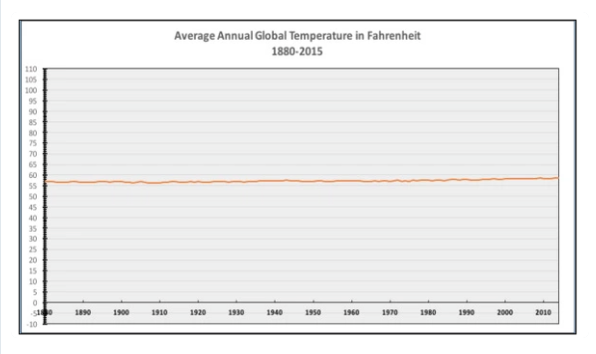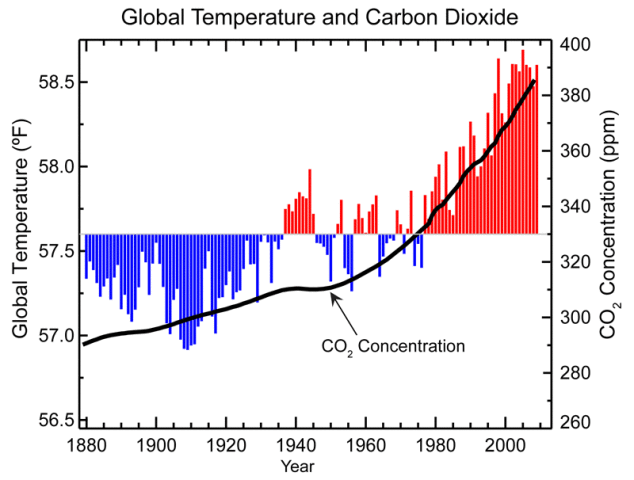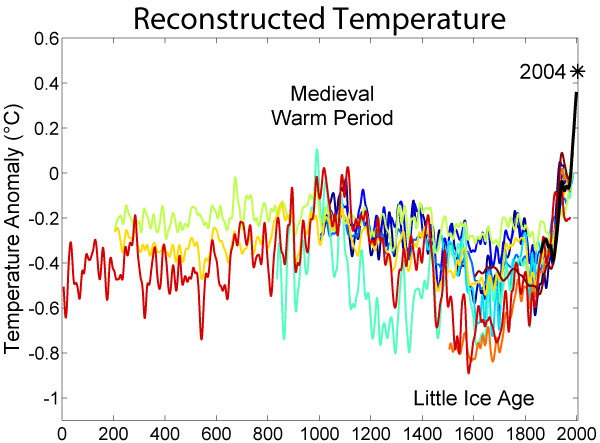Consilience

Consilience.
The word of the day, Year, Decade or Epoch?
I recently [briefly] participated in a planning session and debate [through my WhaleSongServices consultancy business ] with an ex-colleague and some of his senior/executive staff regarding particular public policy challenges for a Government Department in the near to medium term [5-10 years] and the broader strategic needs of their planning.
We [again briefly] touched on the concept within public debate of “balance” and “both sides” of the story. False equivalence, is in my view, the scourge of public discourse, but it sure sells papers/improves ratings. The rise, of what Barry Jones called many years ago, “managerialism” in public policy, further deadens policy progress in to ‘binary’ decisions that create philosophical and programmatic “trench-warfare”. We find many who wish to find “balance” where there is none, or perhaps are happy with simply being in the trench…
This most certainly does nothing for those in need of sound and strategic public policy [ all of us ].
This exchange made me reflect that if there was only one word a teacher could use in any classroom, if there was only one word I could teach any student or my own children, it would be consilience.
Agreement between the approaches to a topic of different academic subjects, especially science and the humanities.
In other words, multiple, independent, verifiable converging views.
Consider the National Review. The editors describe the National Review as “America’s most widely read and influential magazine and web site for conservative news, commentary, and opinion”
In December 2015, The US National review highlighted [at best] their own flawed methodologies or [at worst] an intentional, untruthful re-adjustment of selective data to support a pre-defined position when they posted on twitter a seemingly straightforward contribution about Climate Change. They said:
The only #climatechange chart you need to see.
Note the use of the adjective ONLY!
They then posted this chart.

The same graph with the Y-axis corrected for scale from Scripps.

But what about the Y-Axis?
Yes, anyone that has been through a high-school class of statistics, will probably remember the “Lies, damn lies and statistics” approach that many [most?] teachers seem to take. Right at the top of the “hit-list” is the suspicion drummed into students when someone presents a chart that has a “compressed” Y-Axis. This is, in many circumstances, a valid cause for review, certainly suspicion, if the publisher is unaware that the axis has been compressed.
As Corey Doctorow pointed out in the BoingBoing article that prompted this piece:
Sometimes, starting the Y-axis at zero is the BEST way to lie with statistics
Vox.com journalists were so fed-up with the ‘blow-back’ they received whenever they posted a chart with a compressed y-axis, they responded in the way they know best.
Consilience
…but wait, there’s more..
Perhaps the National Review should consider a reconstructed graph going back 2000 years? Proxy measurements can be used to reconstruct the temperature record before the historical period.
Quantities such as tree-ring widths, coral growth, isotope variations in ice cores, ocean and lake sediments, cave deposits, fossils, ice cores, borehole temperatures, and glacier length records are correlated with climatic fluctuations [Consilience anyone??].
From these, proxy temperature reconstructions of the last 2000 years have been performed for the northern hemisphere, and over shorter time scales for the southern hemisphere and tropics [Source: Wikipedia]

Nasa Goddard Space Centre and US National Oceanic and Atmospheric Administration [NOAA] and UK MET Office and Australia’s CSIRO, not to mention the Intergovernmental Panel on Climate Change – all come to the major public policy challenge of our time and converge with a consensus with significant confidence, yet for many, this can be dismissed by simply drawing a graph with a Y-Axis a zero?
Brooke Gladstone [ @OTMBrooke ] and Bob Garfield [ @Bobosphere ] from the ever-valuable and always erudite On-the-media from WNYC in the United States made two excellent contributions to the debate about false equivalence and media reporting in their pieces:
and
Balance – a final word
Consider these three simple terms, Evolution, Creationism, Intelligent Design and what an NGram search reveals.
This is a search that charts frequencies of any search strings using a yearly count of n-grams found in sources printed between 1500 and 2008.
Links
- WhaleSongServices
- National Review
- The Scripps Research Institute
- Corey Doctorow
- Surface Temperature reconstructions over 2000 Years [ The National Academies Press ]
- Nasa Goddard Space Centre
- US National Oceanic and Atmospheric Administration
- UK MET Office
- CSIRO
- Intergovernmental Panel on Climate Change
- On the media
- Today’s Hero of false-Equivalence [ The Atlantic ]
- False Equivalence – how “balance” makes the media dangerously dumb [ The Guardian ]





[…] Consilience […]
[…] Consilience […]